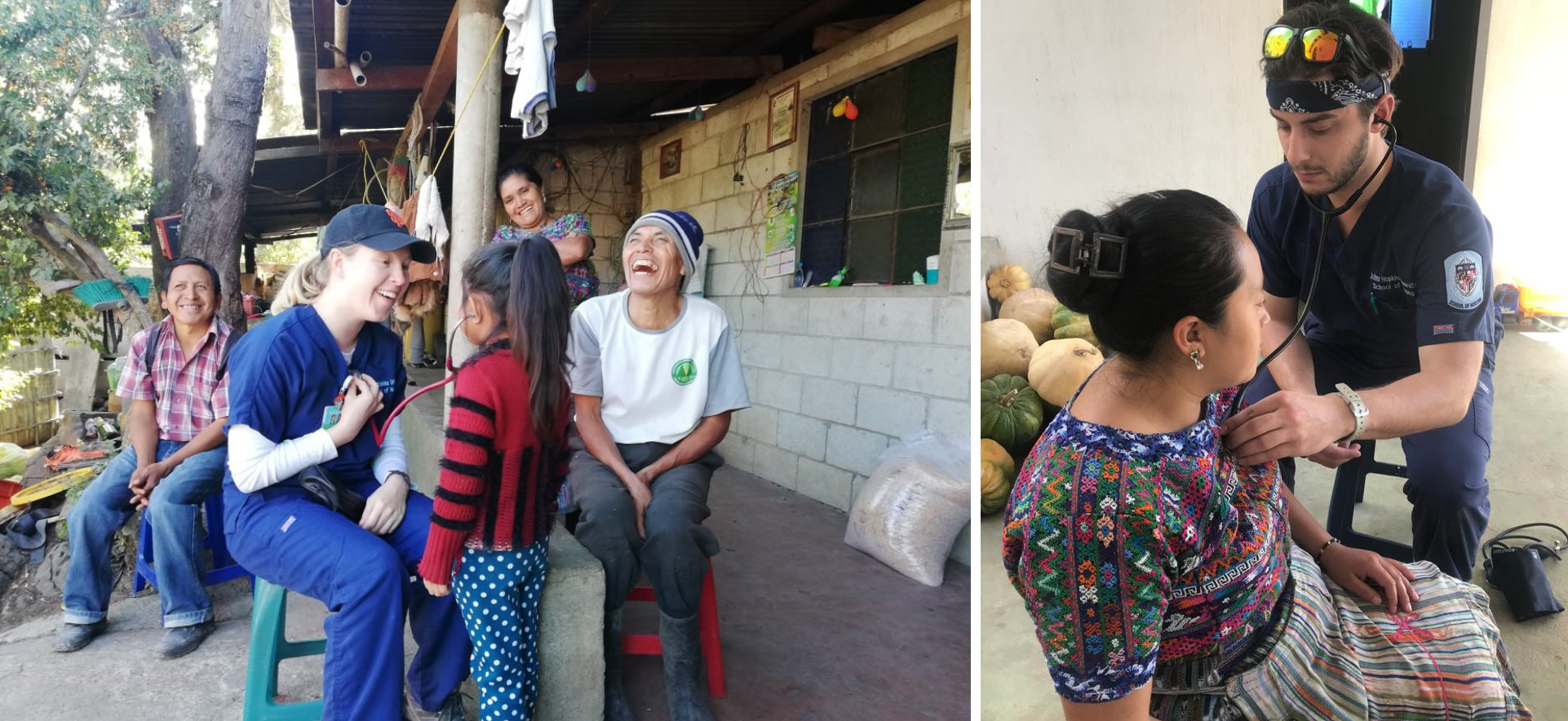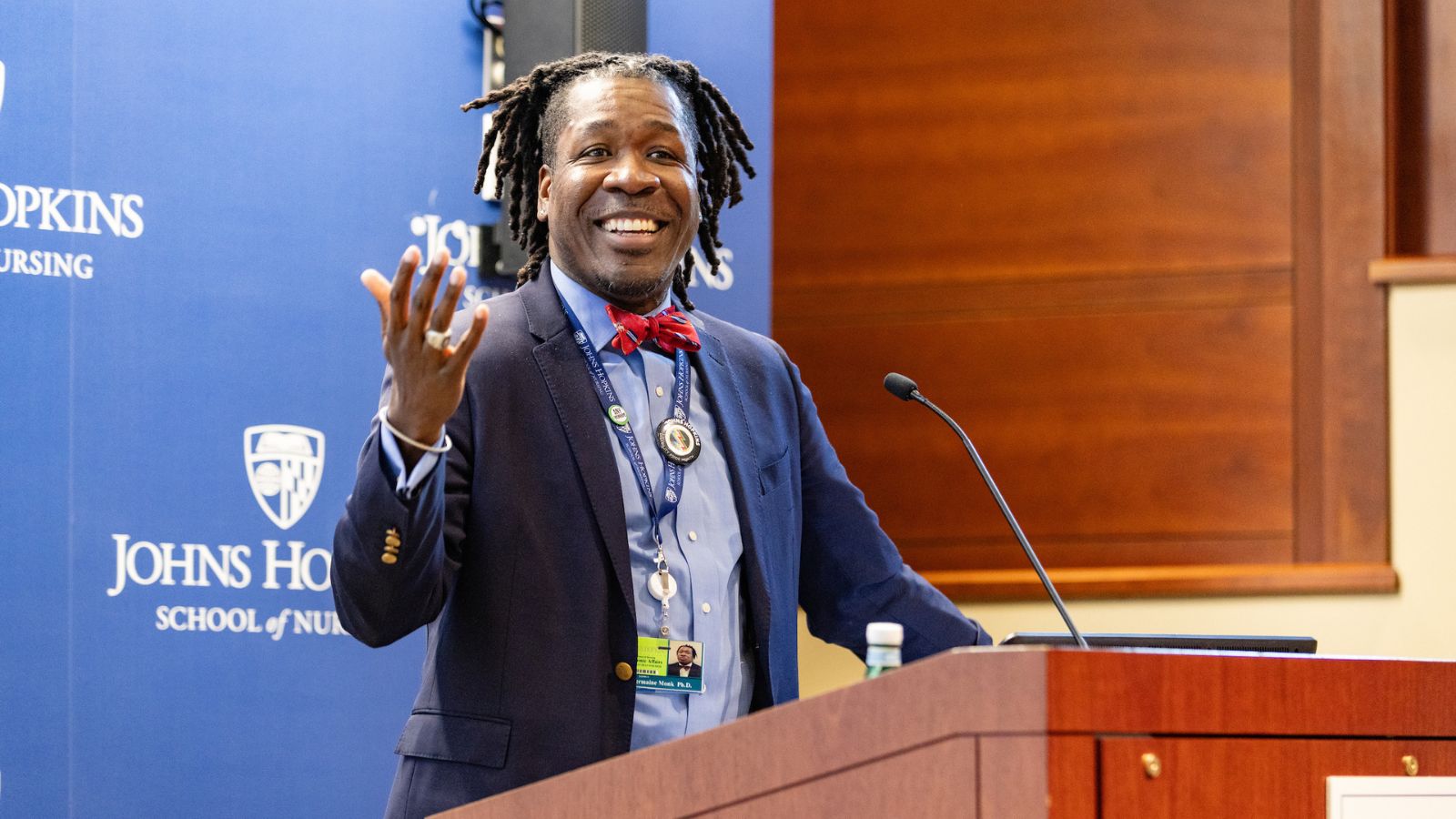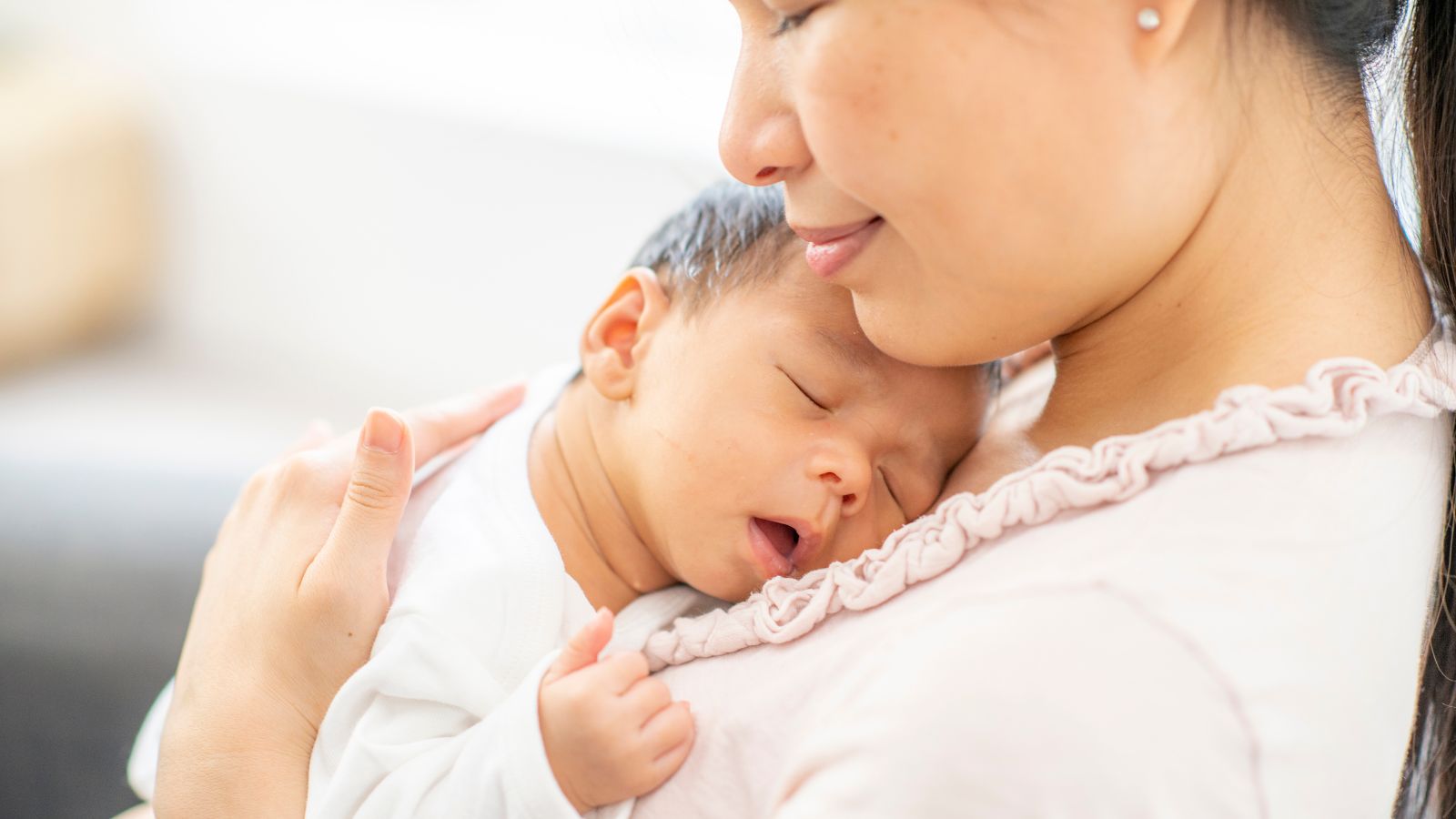Three Multi-Million-Dollar Studies Funded
by Kelly Brooks
![]() Research teams headed by faculty from the Johns Hopkins University School of Nursing have received three multi-million-dollar grants to create and test community-nursing interventions.
Research teams headed by faculty from the Johns Hopkins University School of Nursing have received three multi-million-dollar grants to create and test community-nursing interventions.
With $7 million in new funding, assistant professor Sarah L. Szanton, PhD, CRNP, and her research team will continue studying strategies to help older low-income adults continue to live at home. Their intervention is dubbed CAPABLE, which stands for Community Aging in Place: Advancing Better Living for Elders. In a successful pilot program completed in 2010, the study participants—older, low-income Baltimore residents—received up to six in-home visits with an occupational therapist, up to four in-home visits with a nurse, and an average of $1,200 in handyman repairs and modifications.
Szanton’s work will continue with the help of two new grants: a $3-million grant from the National Institutes of Health and a $4-million Health Care Innovation Award from the U.S. Department of Health and Human Services Center for Medicare and Medicaid Services. Selected from over 3,000 submissions, Szanton’s project was the only Health Care Innovation Award made to a nursing school.
 In their new study, Szanton and her team will enroll 300 participants between now and March 2015, and offer up to 10 in-home sessions over a four-month period. In addition to measuring short-term improvements in functionality and quality of life, the team will test the longer-term effects of the interventions and weigh their economic value.
In their new study, Szanton and her team will enroll 300 participants between now and March 2015, and offer up to 10 in-home sessions over a four-month period. In addition to measuring short-term improvements in functionality and quality of life, the team will test the longer-term effects of the interventions and weigh their economic value.
Professor Phyllis Sharps, PhD, RN, FAAN, associate dean for Community and Global Programs, and director of the Center for Global Nursing, is looking for a high-tech solution for nurses to help victims of domestic violence during home visits. Part of the issue, she said, is that the abuser is often present during these home visits and monitoring what is said, and abused women may not feel comfortable enough to confess their situation.
Sharps’s study will assess 4,000 women in Baltimore and rural areas of Virginia and Missouri. Half will be screened for abuse by the current method—being asked orally, by a visiting nurse. The other half will be handed a mobile tablet (akin to an iPad® or an Android™ hand-held computer) and earbuds by the visiting nurse, and then guided through a series of on-screen questions and prompts about intimate partner violence. Should the abuser enter the room, a “safety button” prompts a cloaking video.
Though it remains to be proven, Sharps’s hypothesis is that using mobile tablets will increase the number of women who identify themselves as victims of domestic abuse by as much as a third.
 Forging Policy: How Can Doulas Improve Black Maternal Health?
Forging Policy: How Can Doulas Improve Black Maternal Health? Guatemala Re-visited: Rainwater Project Shows Value of Service-learning Trips
Guatemala Re-visited: Rainwater Project Shows Value of Service-learning Trips Forging Policy: Associate Dean Jermaine Monk and Education After Affirmative Action
Forging Policy: Associate Dean Jermaine Monk and Education After Affirmative Action Most People Want to Breastfeed, But Need More Support To Do So
Most People Want to Breastfeed, But Need More Support To Do So Awards for Diversity
Awards for Diversity






